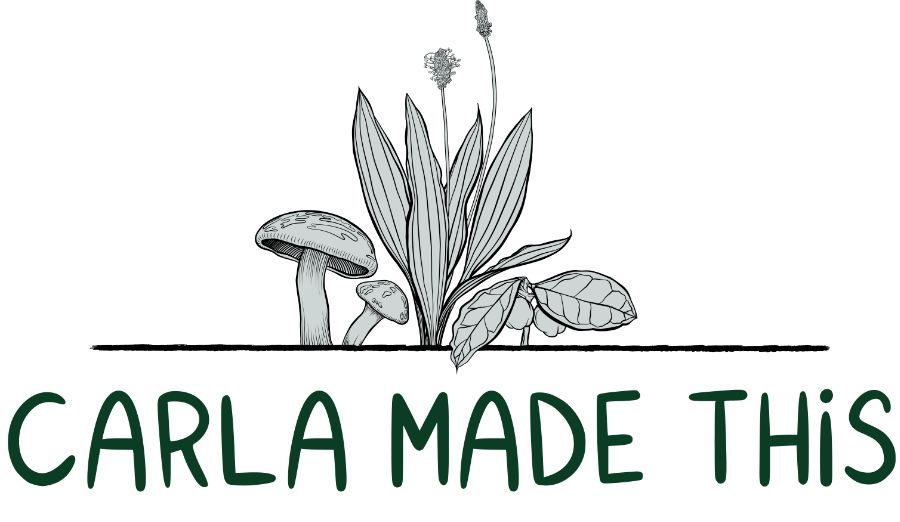Enfleurage is an ancient technique in perfumery. Fresh flowers are laid on top of a layer of solid fat, like tallow or shea butter, and left to release their fragrance. For the next 24 hours, the fat absorbs the scent and volatile oils of the flower petals. The old blossoms are then replaced with fresh, and the process is repeated. The amount of flower changes depends on how strong you want your perfume – but at least 10 are needed for a noticeable fragrance.
It’s a time-consuming, intricate process. The flowers must be picked at the optimal time of day and placed on each frame carefully with tweezers or gloved hands, the temperature must be maintained so that fat doesn’t melt, each frame must be carefully monitored for mold and pests, and did I mention that this is repeated. Every. Single. Day.

After the scent-extracting is finished, the resulting pomade (different from the hair kind!) must be processed into a usable perfume. This can be done either with an alcohol extraction or creation of a solid perfume.
And because of the nature of flowers, not every batch of enfleurage will be the same. The honeysuckle blossoms on one bush may not smell quite the same as another bush a few feet away. Roses from the beginning of the season might have different notes than towards the end of the season. Each batch is an aromatic, new adventure.
Most modern perfumes are now made using chemical means of extracting fragrance, which is faster, cheaper, and more predictable. That’s fine, but small-batch perfume crafted with the labors of love and time will always be worth more than anything mass-produced.
The repetitive actions of picking fresh flowers every day, placing them on the frames one at a time, removing them gently with tweezers, repeating this process until the fat is redolent with scent. I find it calming and meditative, and it reminds me to live life slowly, but always with care.
